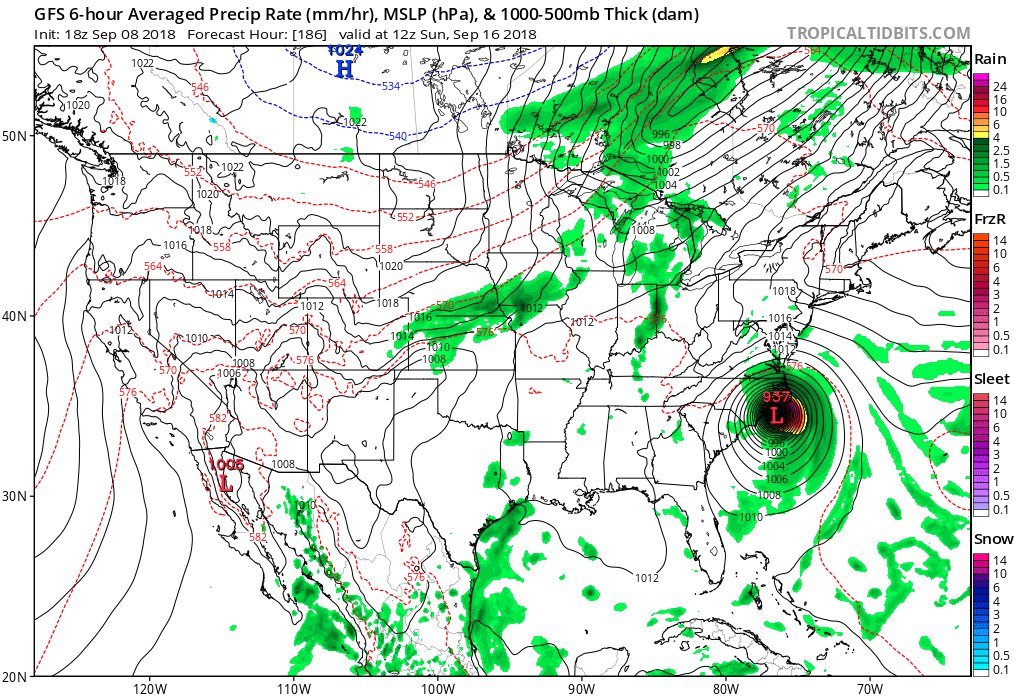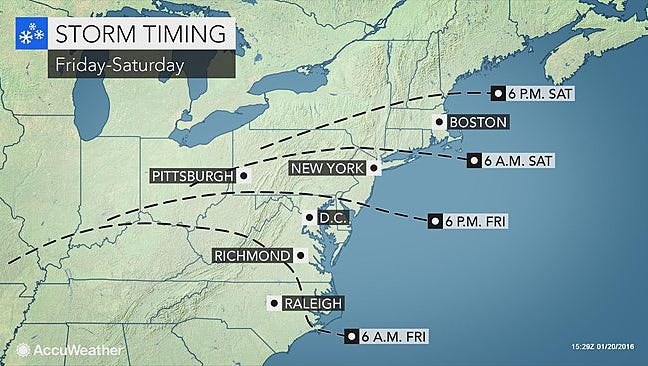- Linda R Margusity, age 48, State College, PA 16801 Background Check Known Locations: Denton TX 76210, Lake Dallas TX 75065 Possible Relatives: Christopher Joseph Black, Maud Wallin Black Faith Hope Margusity, age 83, Saint Charles, MO 63301 Background Check.
- By Henry Margusity April 21, 2021 April 21, 2021 Daily Madness: Snowstorm Hits Followed by Cold WeatherSevere Weather for the South. The snow has moved into the Plains and is currently falling across Kansas into Missouri.
A meteorologist for AccuWeather — the forecasting company that predicted a winter so bad, 'people in Chicago are going to want to move' — has a theory for the recent Midwest heat wave: Japanese tsunami debris.
AccuWeather.com made headlines last fall, you may recall, with breathlessly apocalyptic predictions for the season ahead.
Five months later, winter 2011-12 is in the books as the ninth warmest on record, punctuated by a stretch of historically high temperatures over the last week, and the Chicago area remains remarkably populous.


'We're wrong sometimes; we can admit it,' meteorologist and AccuWeather.com news director Henry Margusity said. 'It was not exactly the best forecast.'
Specifically, AccuWeather said we were in for a fifth consecutive winter with more than 50 inches of snow. In reality, just 19.8 inches of the white stuff has fallen, according to WGN chief meteorologist Tom Skilling, not only well below AccuWeather's prediction, but also 14.3 inches below the yearly average.
Henry, I’ve followed and enjoyed you for years BUT I rarely follow your full forecasts now because I can’t watch long video’s at work but am a fast reader. You used to always have accompanying text so I could read that quickly then fast forward towards the end of your video’s when you shared the predictive snow maps. Henry Margusitys Meteorological Madness Credentials Senior meteorologist at from PSCI 3820 at Hawaii Pacific University.
Margusity was a good sport about AccuWeather's swing and miss, even offering up a retroactive long-shot theory for the warm winter and recent heat wave — the drifting debris field from last year's devastating Japanese tsunami seems to be sending warm air aloft above the Pacific Ocean, which could be contributing to warmer temperatures here, Margusity said.
'If you match up where that debris field is right now with where the warmer-than-normal water temperatures are, they match up perfectly,' he said, also citing what proved to be a weakening La Nina pattern last fall and the lack of expected so-called Greenland blocking.
To be fair, not Skilling, the National Weather Service or even the Farmer's Almanac predicted the unusually warm, low-snowfall winter, but nobody was further off than AccuWeather.
What did Skilling think when he heard the prediction of a looming Chicago exodus?

'I was horrified,' Skilling said. 'I shook my head when I saw that forecast, and I worried what the impression would be for the public. We just don't have skill at producing seasonal forecasts with that degree of specificity.'

As for the months ahead? Skilling and Margusity agree, indicators seem to point toward a warmer than normal summer.
Henry Margusity Twitter
'I don't think you should run to the Arctic Circle to cool off,' Margusity said, repeating the theme of fleeing Chicago, 'but you might want to run to get an air conditioner.'
rmanker@tribune.com Twitter @RobManker
Weather Madness Twitter
After studying video footage and radar images from Saturday's deadly stage collapse at the Indiana State Fair, AccuWeather.com Senior Meteorologist Henry Margusity suspects that a gustnado was a cause of the collapse.
'In the video, it appears that a possible gustnado traveled from left to right across the stage area,' Margusity said. 'The video shows a swirl of dust coming across the stage, and it's only when the swirl hits the stage that the stage actually collapses.'
The National Weather Service defines a gustnado as a short-lived, ground-based, shallow vortex that develops along a gust front associated with either thunderstorms or showers. More information is provided at the bottom of this page.
Margusity also pointed out from the video more clues from a flag waving in the background.
'Typically, a flag that size needs winds of about 46 mph to wave around like that,' Margusity explained. 'Given that the flag pole was moving as well, winds were probably near 50 mph.'
Wind gusts up to 50 mph were measured at Indianapolis International Airport, which is about 20 miles southwest of the fairgrounds. Radar-indicated wind speeds were 50 mph to the west of the fairgrounds about 20 minutes prior to the collapse.
Margusity said that changes in the orientation of the flag further supports the idea that it was a gustnado that came through.
'The flag actually turns toward the dust swirl after the stage collapsed and as the dust swirl moves past it,' Margusity stated. 'This indicates that a circulation of wind was moving through the area.'
Taking a look at radar data from Saturday evening, a gust front can be seen propagating ahead of a line of thunderstorms approaching the fairgrounds from the west.
At 8:35 p.m. EDT, radar showed the thunderstorms collapsing and sending out a gust front 3 miles ahead of the storms.
By 8:44 p.m., the gust front was accelerating, traveling at a speed of 53 mph. At 8:48 p.m., it hit the stage.
The thunderstorms at the time of the collapse were still 10 miles away to the west and didn't hit the fairgrounds until 9:02 p.m.
Radar-estimated wind speeds could not be measured during the collapse because of radar clutter.
Other evidence supporting Margusity's gustnado theory are videos (below) taken by storm chaser Michael Moss in the Indianapolis area that showed several gustnadoes along a gust front.
Henry Margusity Wikipedia
Definition of a Gustnado, from the National Weather Service
A slang term for a short-lived, ground-based, shallow, vortex that develops on a gust front associated with either thunderstorms or showers. They may only extend to 30 to 300 feet above the ground with no apparent connection to the convective cloud above. They may be accompanied by rain, but usually are 'wispy', or only visible as a debris cloud or dust whirl at or near the ground. Wind speeds can reach 60 to 80 mph, resulting in significant damage, similar to that of a F0 or F1 tornado. However, gustnadoes are not considered to be a tornado, and some cases, it may be difficult to distinguish a gustnado from a tornado. Gustnadoes are not associated with storm-scale rotation (i.e. mesocyclones) that is involved with true tornadoes; they are more likely to be associated visually with a shelf cloud that is found on the forward side of a thunderstorm. Aom invisible limiter for mac.
Weather Madness Henry Margusity

Henry Margusity Weather Madness Twitter
From AccuWeather.com (find the original story here); reprinted with permission.
